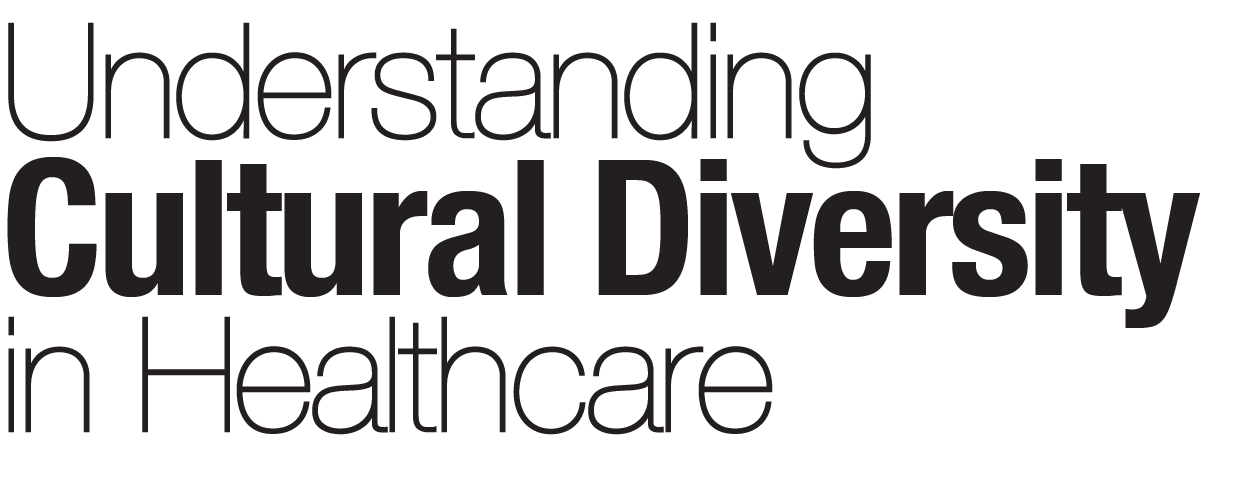
Caution: These are broad generalizations and should not be used to stereotype any individuals.
Values and Communication
Individuals often expect to know the details of their condition.
Privacy is important, although patients and their family members may want/expect nurses to provide psychosocial care.
Direct eye contact and emotional control are expected. But try to avoid excessive direct eye contact with members of the opposite sex to avoid any hint of sexual impropriety.
Independence is valued; self-care will generally be accepted.
Time Orientation
Time orientation often depends on socioeconomic class. Poor people tend to be present-oriented; middle & upper class individuals tend to be future oriented.
Pain
Patients will generally tend to be stoic, although most will want pain medication.
Family & Gender Issues
Generally, family size is small. The term “immediate family” refers to spouse, siblings, parents, children. Families are often spread out geographically, and the patient may have fewer visitors than do other ethnic groups.
Among GLBT patients, friends may take on the role of family.
Husbands and wives usually have equal authority, and either may make decisions for a child.
Pregnancy & Birth
Prenatal care is generally sought.
The husband is usually the preferred labor partner.
Hospital births are generally preferred, even if an alternative birthing center is used. This may be related to a cultural desire to control events.
There are no post-partum rituals, other than those associated with various religions.
Breastfeeding may be practiced for 3-6 months.
Pediatric
Some upper-middle-class parents believe there is a link between childhood vaccines and autism and refuse to get their children vaccinated.
End of Life
Patient will generally want to know their diagnosis and prognosis.
Although many want “everything done,” hospice is increasingly an acceptable alternative. Often, however, it is not seriously pursued until the last few days before death.
Stoicism is valued when someone dies.
Organ donations & autopsies are acceptable, as are cremation or burial, unless forbidden by religion.
Health & Belief Practices
Independence is valued and self-care will generally be accepted.
Patients generally prefer an aggressive approach to treating illness.
Biomedicine preferred, although many may also use complementary and alternative medicine. Be sure to inquire about the use of herbal medications.
They may prefer to be left alone when sick.
Germs are thought to be the cause of disease; treatment aimed at destroying germs. Antibiotics are often requested, even for viral illnesses. Be sure to explain the difference between treating viral and bacterial conditions. Explain why antibiotics must be finished, even after symptoms subside.
Middle-class patients often use the Internet to obtain information and may want to dictate specific treatment based on what they learned from that source.
